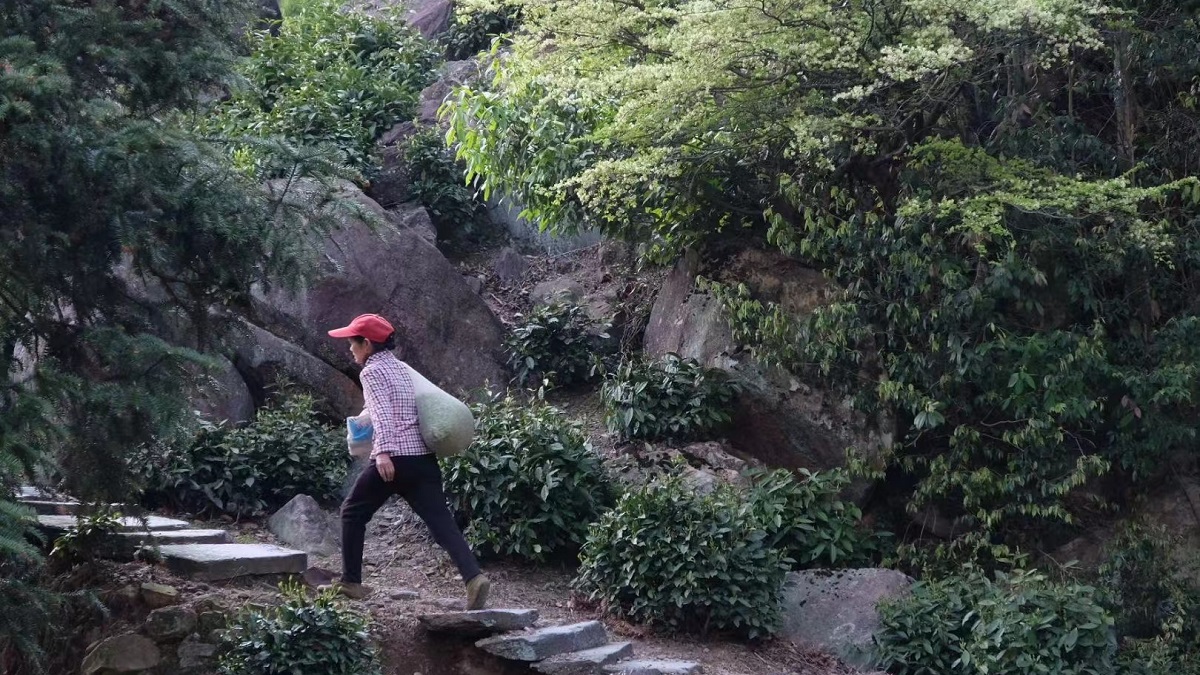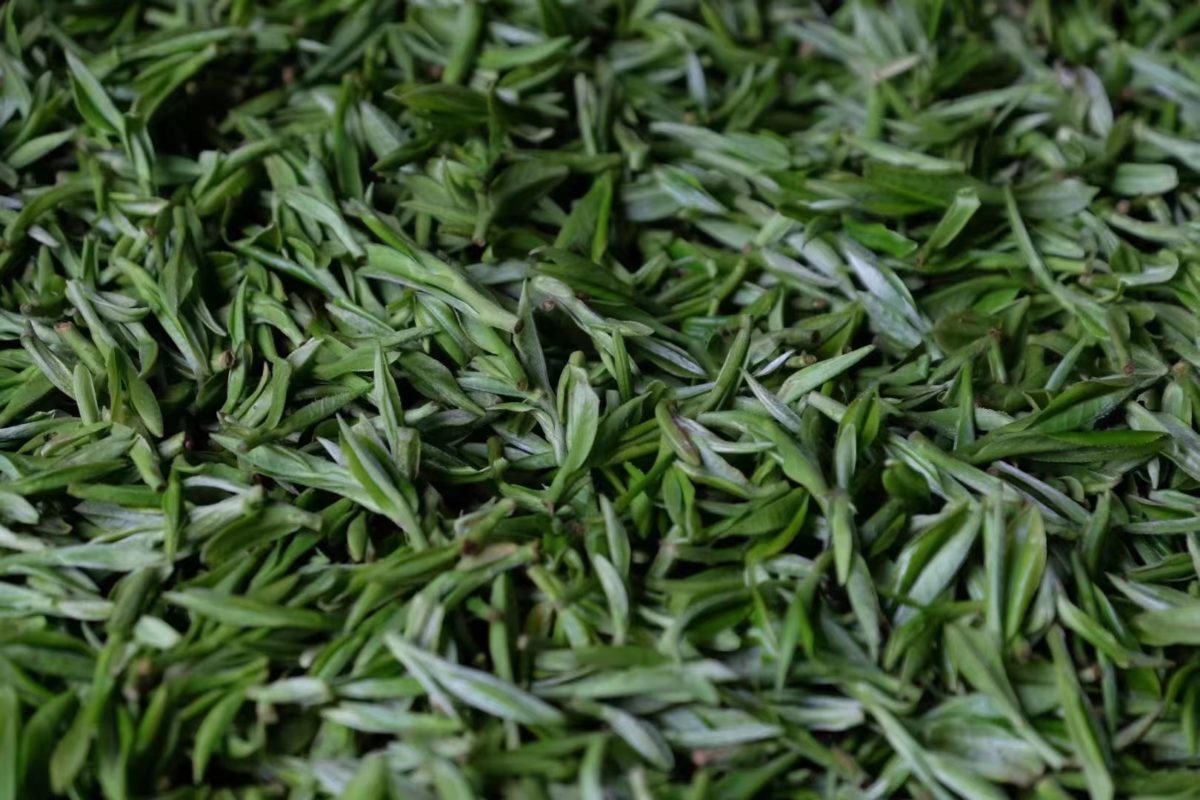Tea Price Report
 The Tea Biz Price Report tracks average prices at major tea auctions and lists prices for specific types of specialty tea, drawing on many sources, including the China Tea Circulation Association, which provides a benchmark for the ten famous teas from the world’s largest tea exporting country. Listen free to the weekly summaries on the Tea Biz Podcast and select China Price Watch or India Price Watch for a full report analyzing trends with additional data sets and graphs from past years. Si Chen compiles the China Price Watch from March through May in Beijing. Aravinda Anantharaman in Bengaluru compiles the weekly India Price Watch year-round.
The Tea Biz Price Report tracks average prices at major tea auctions and lists prices for specific types of specialty tea, drawing on many sources, including the China Tea Circulation Association, which provides a benchmark for the ten famous teas from the world’s largest tea exporting country. Listen free to the weekly summaries on the Tea Biz Podcast and select China Price Watch or India Price Watch for a full report analyzing trends with additional data sets and graphs from past years. Si Chen compiles the China Price Watch from March through May in Beijing. Aravinda Anantharaman in Bengaluru compiles the weekly India Price Watch year-round.
Listen to the Report

Photo of green tea gardens near Hangzhou, by Shuibin Yao
Subscribe for full access to all Tea Price Reports & Tea Journey articles
Subscribe for $25 for three months to get full accessChina Price Watch
China’s tea mountains are richly green, with the trees sprouting new shoots. The harvest began a few days early this year as tea farmers could be seen carrying bamboo baskets along the ridges and terraces, skillfully picking pre-Qingming in early March. Prices for newly plucked dragonwell were reported at $1,250 per kilo.
This year’s spring tea picking began on March 10 and is expected to last until May. Tea in many regions was affected by the high temperature and drought in the summer and autumn of 2022 and the cold wave at the beginning of 2023. Tea production is expected to decrease compared with previous years. Still, the recent temperature trend is stable, which is conducive to tea plants absorbing nutrients and improving the quality of spring tea.
Currently, there are sufficient workers to meet production demand. Wages for workers have increased between 5% and 20% depending on location. In China, workers are paid by the day or for the total kilos harvested, about 40 yuan/catty [a catty is equal to 500 grams]. The overall range for the day rate is 100-300 yuan/person (about $14.52 to 43.56 USD)

Female worker carrying her harvest in Huangshan region, photo by Xuejing Zhang
Zheng Xueju, secretary of the party branch of Datun Village in Shanmen Town, in Pingyang County, Zhejiang Province, introduced that nearly 100 villagers in Datun and surrounding villages are arranged to pick teas daily, with an average daily fresh tea picking volume of 100 kilos. The current price of green tea is 130 yuan per kilo. As the temperature gradually rises, it is expected to enter “mass production” in 10 days.
“I picked tea leaves from this tea plantation last year.” Grandma Zheng, a villager in Datun Village, told reporters with a smile that she was a little older but a journeyman. “It’s very happy to earn more than 100 yuan here daily.”

Newly plucked tea, photo by Xuejing Zhang
Domestic Tea Prices
China harvested 3.35 million metric tons in 2022, an increase of 5.7% compared to 2021, according to the National Bureau of Statistics of China’s Statistical Communiqué on 2022 National Economic and Social Development.
From January to February 2023, China’s cumulative tea exports were 51,208.3 tons, with a cumulative export value of US$251.829 million, according to the statistics from China Customs. We saw a 19.4% decrease in volume and a 28.4% decrease in value compared to last year.
The domestic wholesale price for 2023 Spring Tea has risen 10-30%, according to an interview done by the Tea Industry Committee of China Association for the Promotion of International Agricultural Cooperation (TIC short). As the domestic demand for supreme fresh tea leaves remains high, tea processors and factories must pay a higher premium for the “raw materials”.
West Lake Dragonwell
The official harvest date of Dragonwell 43 was on March 13, five days earlier than last year. Plucking most Dragonwell cultivars (群体种)will start in late March. Hangzhou endured extended, unusually hot, and dry conditions from June to September. The intense heat damaged tea plants. Tea growers are curious as to how it will affect the quality of this year’s dragonwell, more specifically, whether the leaves will be slim, dry, and not as glowing due to insufficient nutrients compared to previous years.
According to the Department of Agriculture from Hangzhou Municipality, last summer’s drought coincided with the second pruning of West Lake Dragonwell tea, resulting in leaf discoloration, scorching, and other phenomena but did not damage the root system. Timely irrigation, shading, covering, and other technical measures, coupled with this year’s suitable climate, “it is expected that the total output of West Lake Dragonwell tea on the market this year will remain stable, and the quality will also remain stable and good.”
Biluochun tea (Spiral Spring Green)
Since March this year, there has been no precipitation around the Biluochun tea production area of Dongting Mountain, and the sunshine is significantly more, which is conducive to the growth of tea. Since March 4, the temperature has risen rapidly, and the maximum temperature on March 10 reached 27.6 °C. The daily average temperature passed 10.0 °C, and tea buds grew rapidly. The production of Biluo Chun tea in Dongting Mountain is expected to increase by about 10% year-on-year this year.
Click to see the complete China Tea Circulation Association’s March 20th Price UpdateRelated: Meitan County’s Tribute to Tea
White tea in Fuding county, Fujian, photo by 视觉中国
March 20th, 2023
| Average Domestic Prices for Finished Tea in USD per catty** [500 grams] | Low | High |
|---|---|---|
| Westlake Dragonwell (西湖龙井) | Hangzhou, Zhejiang | $581.20 | $624.79 |
| Biluochun (Spiral Spring Green) (洞庭山碧螺春) | Suzhou, Jiangsu | 508.55 | 1,089.75 |
| Dafuo Dragonwell (大佛龙井) | Xinchang, Zhejiang | 84.27 | 200.51 |
| Meitan Cuiya (湄潭翠芽) | Zunyi, Guizhou | 101.71 | 145.30 |
| Lu’an Guapian (六安瓜片) | Lu’an, Anhui | N/A | N/A |
| Taiping Houkui (太平猴魁) | Huangshan, Anhui | N/A | N/A |
| Xinyang Maojian (信阳毛尖) | Xinyang, Henan | N/A | N/A |
| Wuyi Rock Tea (武夷岩茶) | Wuyishan, Fujian | N/A | N/A |
| Huangshan Maofeng (黄山毛峰) | Huangshan, Anhui | N/A | N/A |
| Wufeng Green (五峰绿茶) | Wufeng, Hubei | N/A | N/A |
N/A indicates insufficient quantities harvested to establish a reliable price range. |

Prices are reported by tea type in representative growing regions. Price calculations are local, reflecting domestic prices averaged from many farms to determine a range.* In general, the lower range describes teas available in quantity. The high range is influenced by scarcity, but many desirable, high-value teas are grown in large quantities in China. Averages are calculated in Yuan (RMB) and converted to USD. Export prices vary greatly from the domestic averages listed above.
Source: China Tea Circulation Association
*Weekly averages are a joint effort of the Shanxi Tea Society, Liaoning Tea Industry Association, Jiangsu Tea Association, Zhejiang Tea Industry Association, Anhui Tea Industry Association, Henan Tea Association, Henan Tea Chamber of Commerce Hubei Tea Association, Hunan Tea Industry Association, Guangdong Tea Industry Association, Guangxi Tea Industry Association, Hainan Tea Association, Chongqing Tea Chamber of Commerce, Sichuan Tea Circulation Association, Guizhou Green Tea Brand Development Promotion Association, Yunnan Tea Circulation Association, Shaanxi Tea Industry Association
**The catty, Kati or 斤, read as jin in Chinese, is a traditional Chinese unit of mass used for weighing food and other groceries in some wet markets, street markets, and shops. Related units include the picul, equal to 100 catties or 50 kilos of tea.
Copyright 2023 Tea Biz Tea Price Report www.tea-biz.com
Send comments and suggestions on how to improve this report to Dan Bolton (Dan.Bolton@TeaJourney.Pub)
